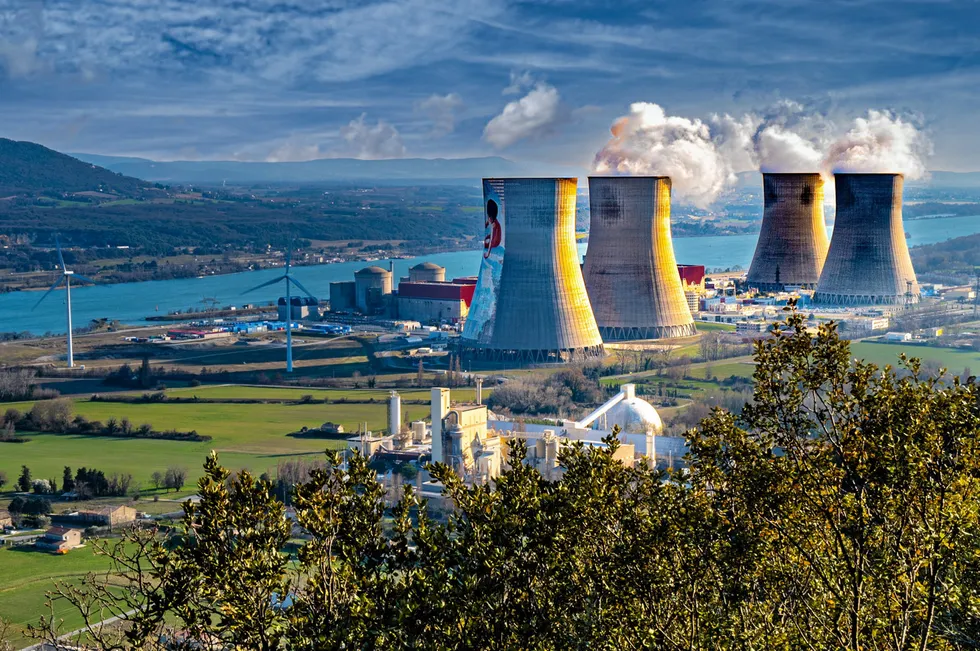ANALYSIS | No, the EU's new Delegated Act does not allow green hydrogen to be made from nuclear power
Multiple reports about the role of atomic energy in the document have misunderstood the text, writes Leigh Collins

Multiple reports about the role of atomic energy in the document have misunderstood the text, writes Leigh Collins
